The Skinny on Skin
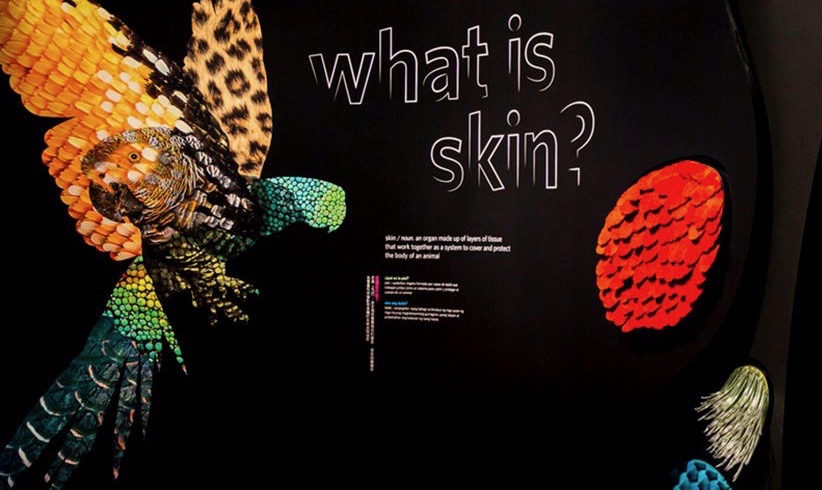 The Frost Museum of Science in Miami currently features a fascinating exhibit, Skin: Living Armor, Evolving Identity. On the day after Thanksgiving, my family and I got to feel of all kinds of skin coverings–feathers, furs, scales, hair. Skin is the largest organ. It is what keeps our insides in and the outside out, protecting us from the elements, and showcasing to other animals and people who and what we are. My three granddaughters whizzed through this exhibit and went on to others with their parents; I stayed behind to learn more. On December 1, I toured the exhibit again with my grandson Thomas and his father; on January 29, I saw it once more with Marjo, Margot and Nina. It keeps making me think!
The Frost Museum of Science in Miami currently features a fascinating exhibit, Skin: Living Armor, Evolving Identity. On the day after Thanksgiving, my family and I got to feel of all kinds of skin coverings–feathers, furs, scales, hair. Skin is the largest organ. It is what keeps our insides in and the outside out, protecting us from the elements, and showcasing to other animals and people who and what we are. My three granddaughters whizzed through this exhibit and went on to others with their parents; I stayed behind to learn more. On December 1, I toured the exhibit again with my grandson Thomas and his father; on January 29, I saw it once more with Marjo, Margot and Nina. It keeps making me think!
 As a pianist, I seek to employ a wide variety of touches to express different emotions. This exhibit introduced me to Meissner corpuscles, found in fingertips, which are activated by gentle pressure or movement. They are responsible for transmitting the sensations of fine, discriminative touch. Discriminative touch is just what pianists need; perhaps knowing more about corpuscles would aid our quest. Thankfully, physiologists are at work discovering how we feel what we feel.
As a pianist, I seek to employ a wide variety of touches to express different emotions. This exhibit introduced me to Meissner corpuscles, found in fingertips, which are activated by gentle pressure or movement. They are responsible for transmitting the sensations of fine, discriminative touch. Discriminative touch is just what pianists need; perhaps knowing more about corpuscles would aid our quest. Thankfully, physiologists are at work discovering how we feel what we feel.
Our Skin is Alive with All Kinds of Organisms
Faces are humid, like rainforests; arms and legs are similar to deserts. Different microorganisms thrive on the skin of your face, hands, and feet. They compete, co-operate and even eat one another. The key to healthy skin is having species diversity. Roughly 150 species of fungi live on your feet. A different foot-dwelling bacterium fights to keep athlete’s foot at bay. Interesting to find how right and left hands differ.
Human Genetics and Skin Color
The most riveting displays for me related to skin color and its implications. Ever since my own self-examination in 2020, I have been trying to understand what “race” is and whether there is any scientific basis for discriminating. I found the following factual displays worth photographing, editing, and pondering. I especially appreciated the timeline of how attitudes have developed and changed.
Mid-1600s Colonies and Conflict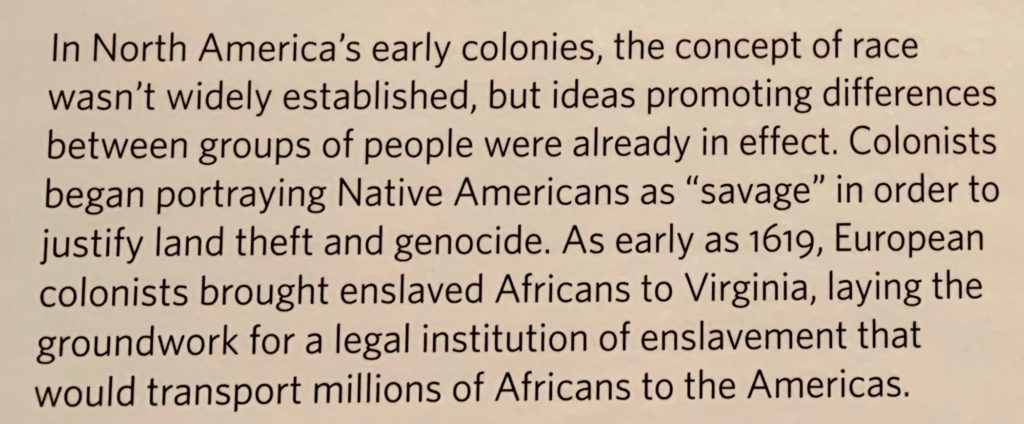 1600s – 1700s Constructing Categories
1600s – 1700s Constructing Categories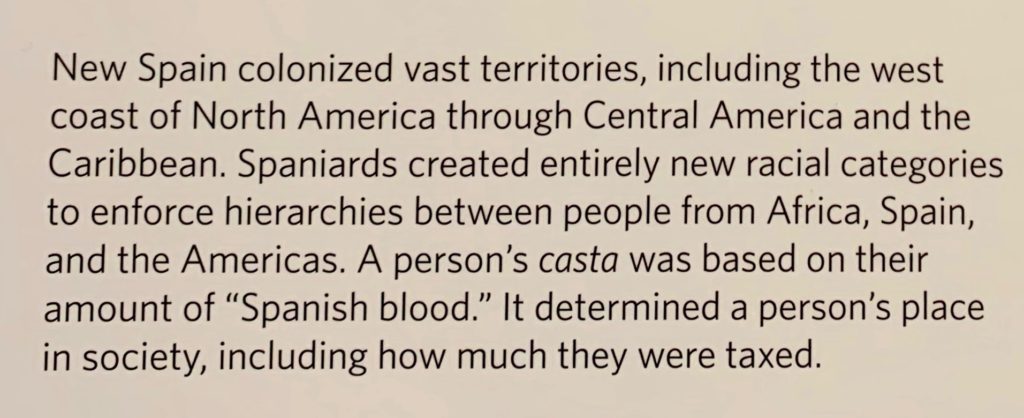 1758 – Race Pseudoscience
1758 – Race Pseudoscience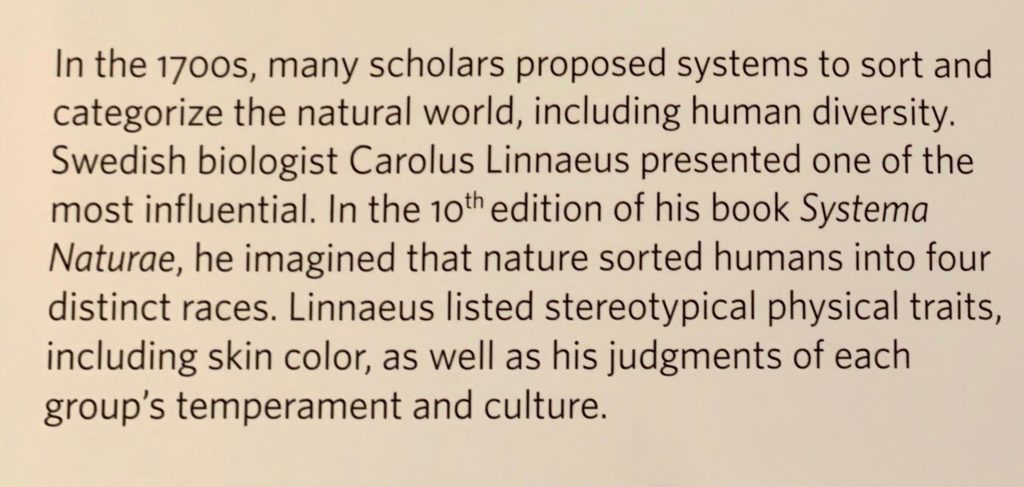 1865 – Slavery Ends, But Racism Persists
1865 – Slavery Ends, But Racism Persists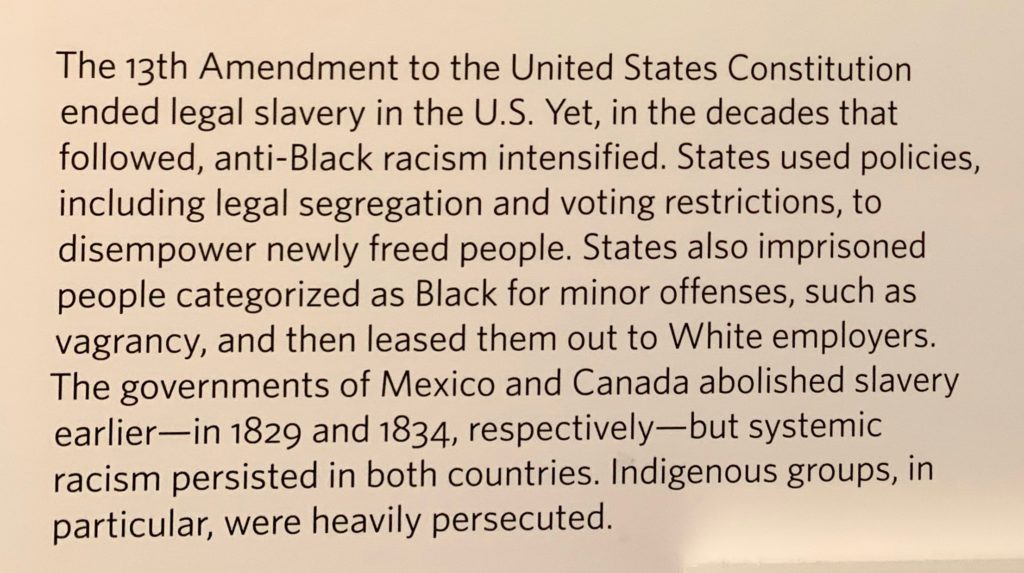 1882 Race-based Exclusion
1882 Race-based Exclusion Late 1800s Schools for Assimillation
Late 1800s Schools for Assimillation
 Robin Wall Kimmerer highlighted the Carlisle Indian School Project in her book, Braiding Sweetgrass. Though I became aware of the US Army War College in Carlisle, when I worked with McKinsey and Company in DC 50 years ago, I had not heard of Carlisle’s earlier history of taking Indian children away from their parents to “civilize” them. What a dark, deluded view we had of Native Americans in those days. These days we have much to learn from Native Americans about caring for the Earth.
Robin Wall Kimmerer highlighted the Carlisle Indian School Project in her book, Braiding Sweetgrass. Though I became aware of the US Army War College in Carlisle, when I worked with McKinsey and Company in DC 50 years ago, I had not heard of Carlisle’s earlier history of taking Indian children away from their parents to “civilize” them. What a dark, deluded view we had of Native Americans in those days. These days we have much to learn from Native Americans about caring for the Earth.
Early 1900s – Who is Black?
 1909 Eugenics
1909 Eugenics
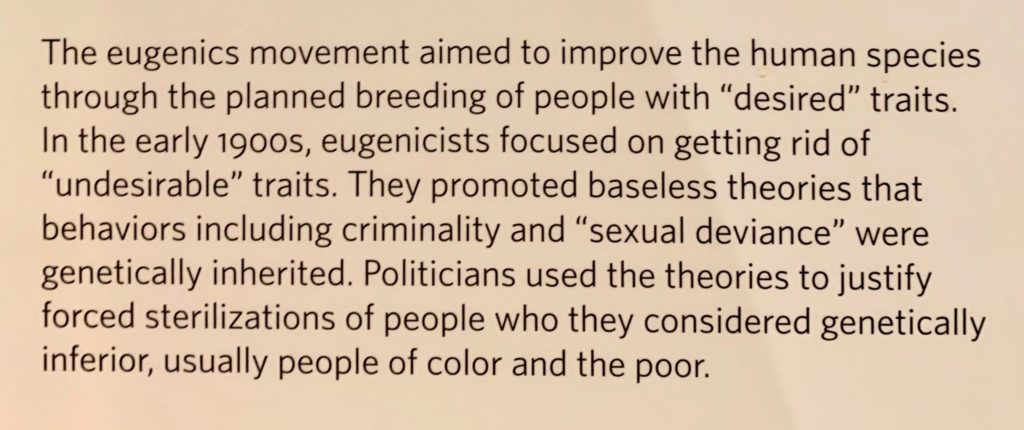 1942 Japanese Incarceration
1942 Japanese Incarceration
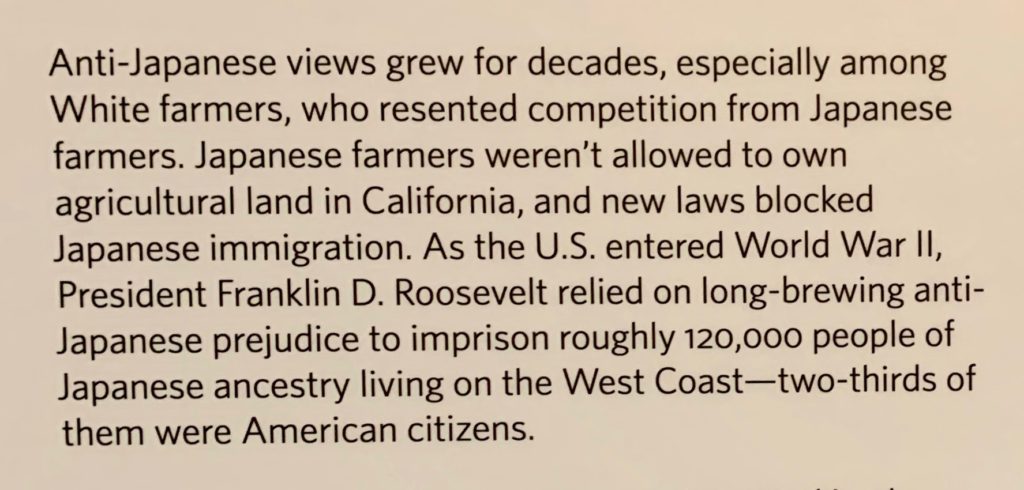 Counting With the Times
Counting With the Times
Facts About the U.S. Black Population
The Pew Research Center has published a detailed analysis of data from the 2020 Census. Here are two highlights:
The Black population of the United States is growing. In 2019, there were 46.8 million people who self-identified as Black, making up roughly 14% of the country’s population. This marks a 29% increase since 2000, when there were roughly 36.2 million Black Americans.
The U.S. Black population is young and growing. The median age of Black people in 2019 was 32, six years younger than the U.S. population’s median age of 38. Roughly 30% of the entire Black population was below the age of 20 and 11% were 65 or older. Over a third of the U.S. Black population (35%) was 22 years or younger in 2019. An additional 23% were Millennials, meaning roughly 58% of all Black Americans were age 38 or younger in 2019.
There’s so much more for me to learn about skin. At a routine visit last week, I told my dermatologist about the Frost exhibit and asked him to recommend a book for laypersons interested in the complexities of skin. He replied that in thirty years of practice, no one had ever asked him that question. Amazon, however, responded with several suggestions which I will explore at my local library. Thank you, Frost Museum, for inspiring me to dig deeper for better understanding. I’ll be back for more inspiration soon!
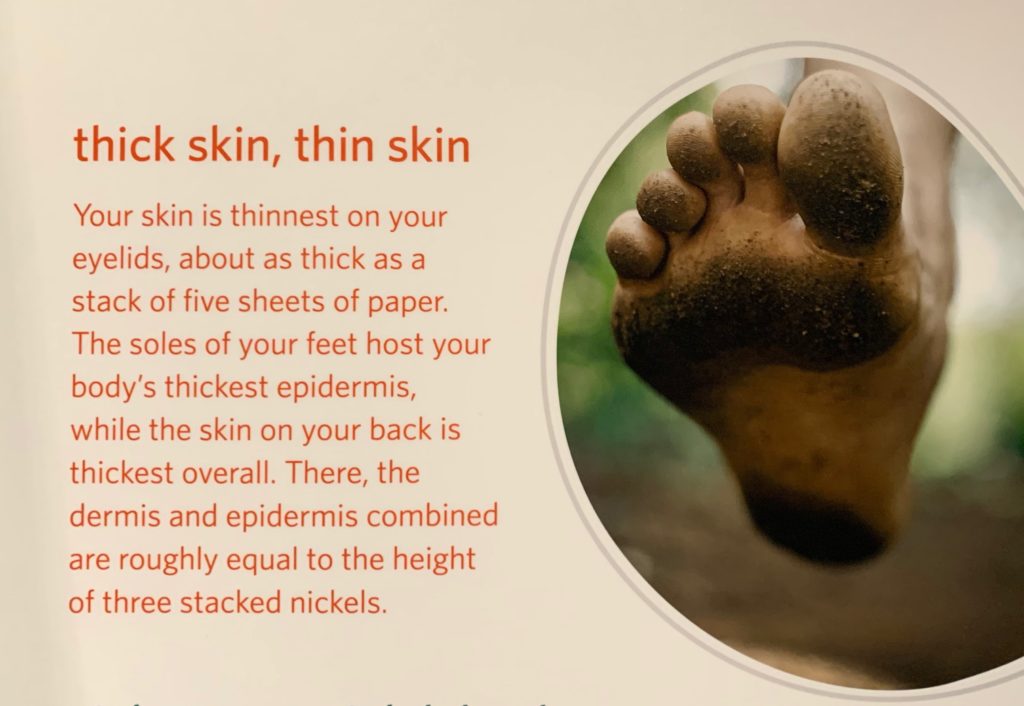
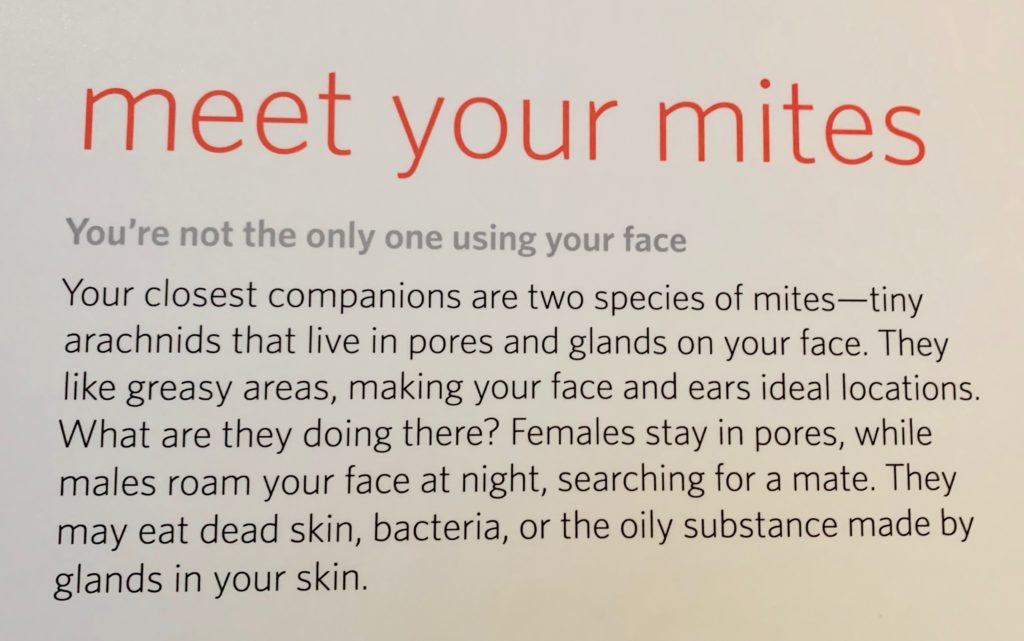
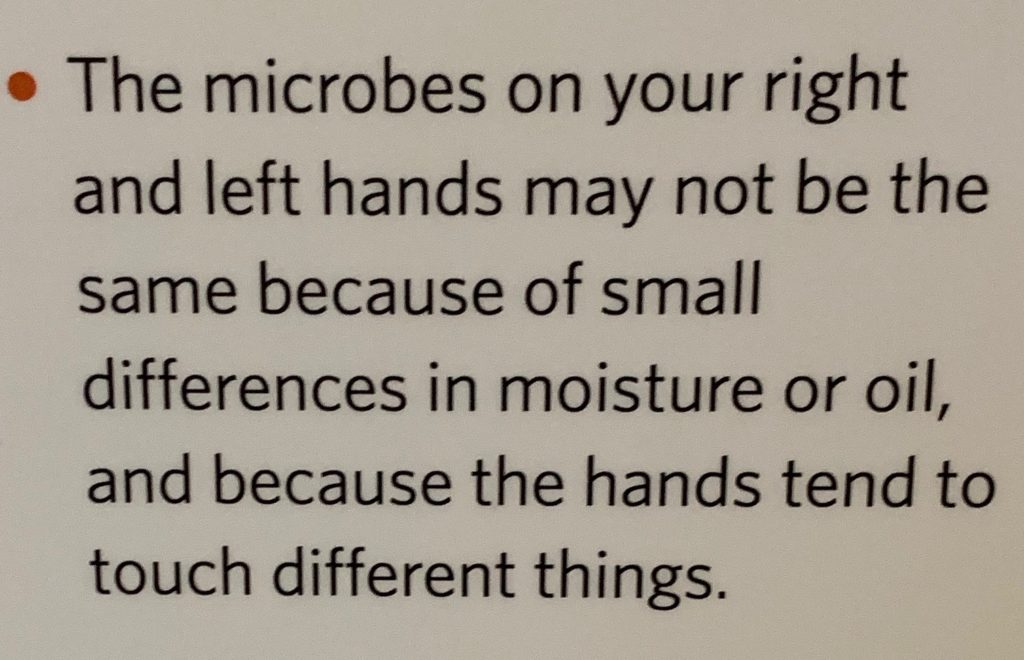
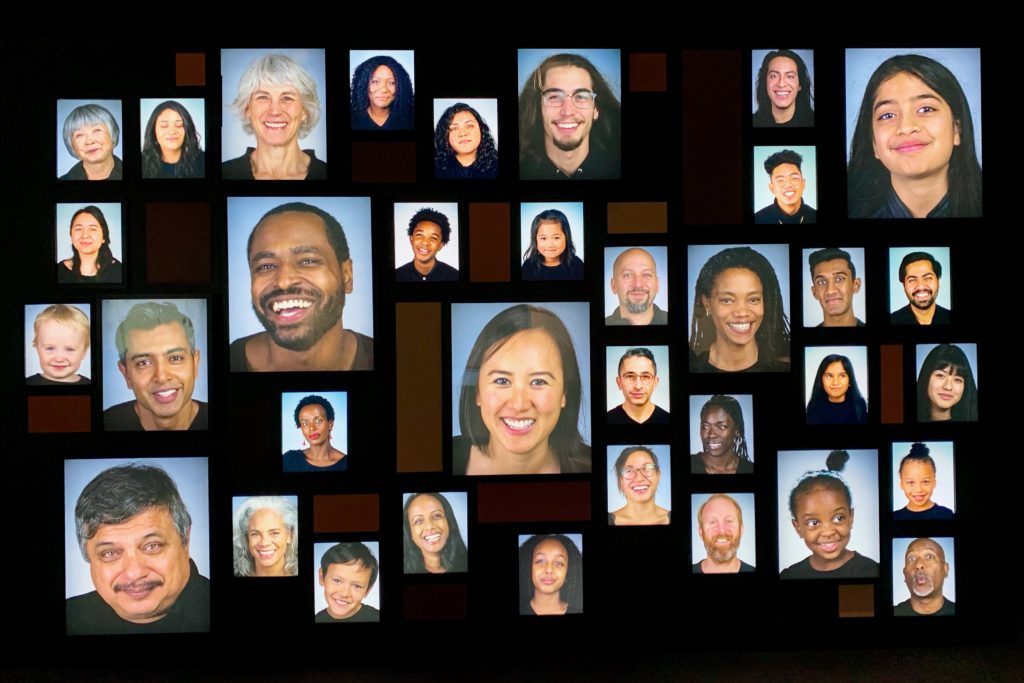
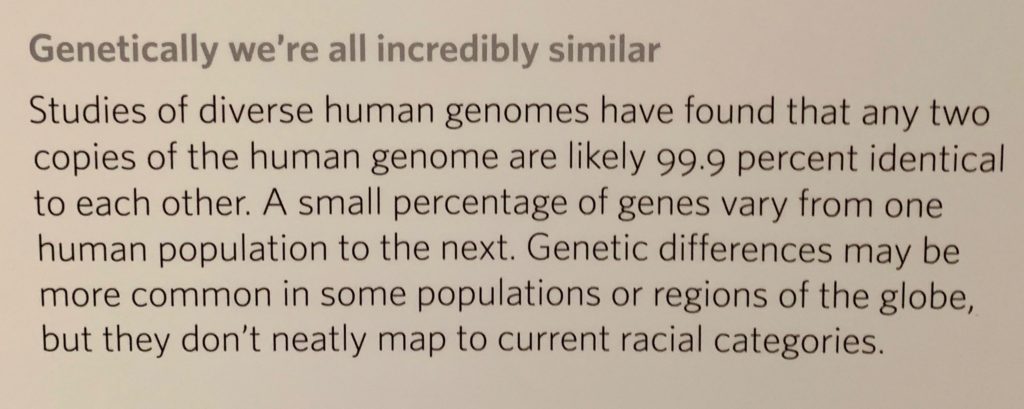
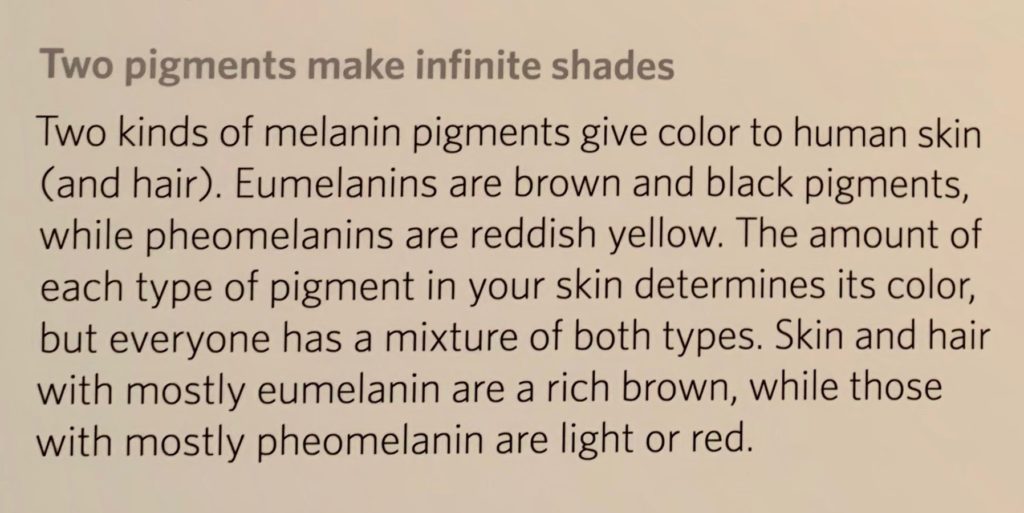
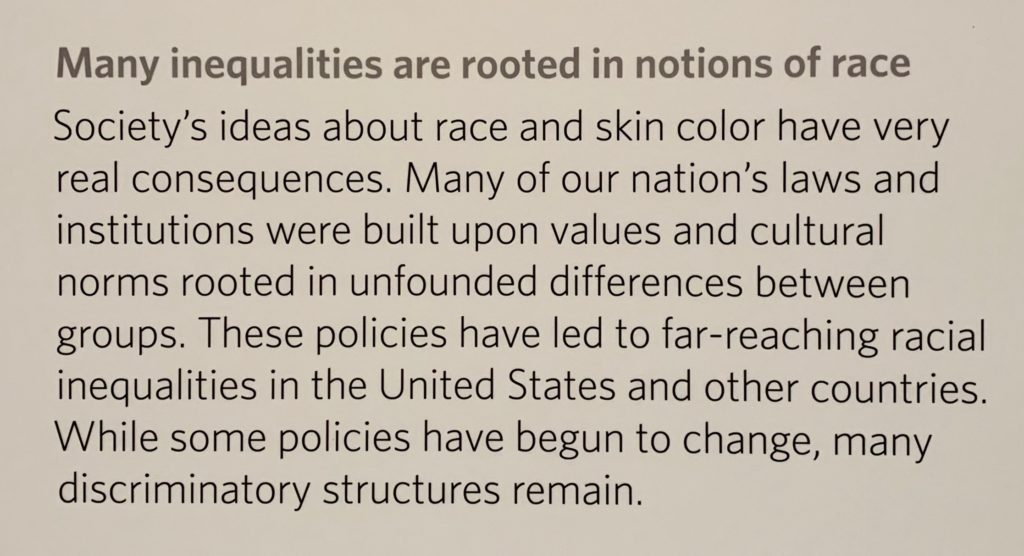
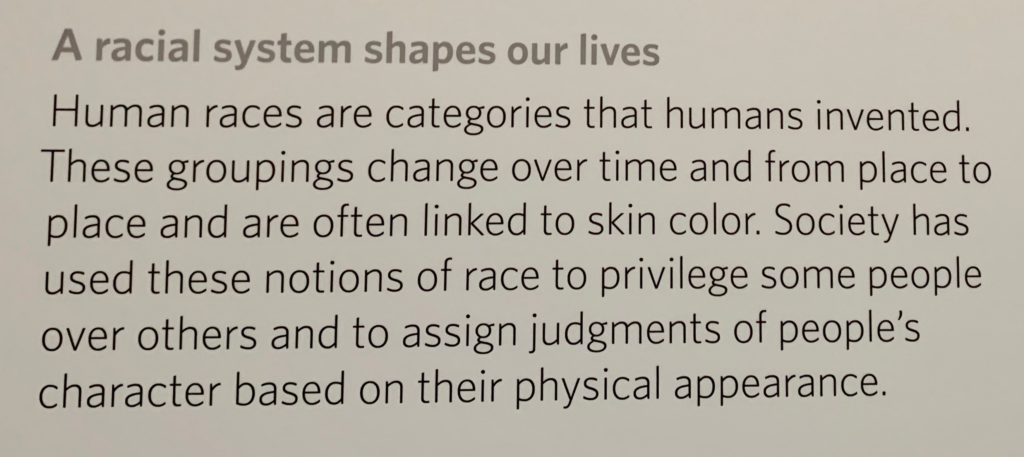
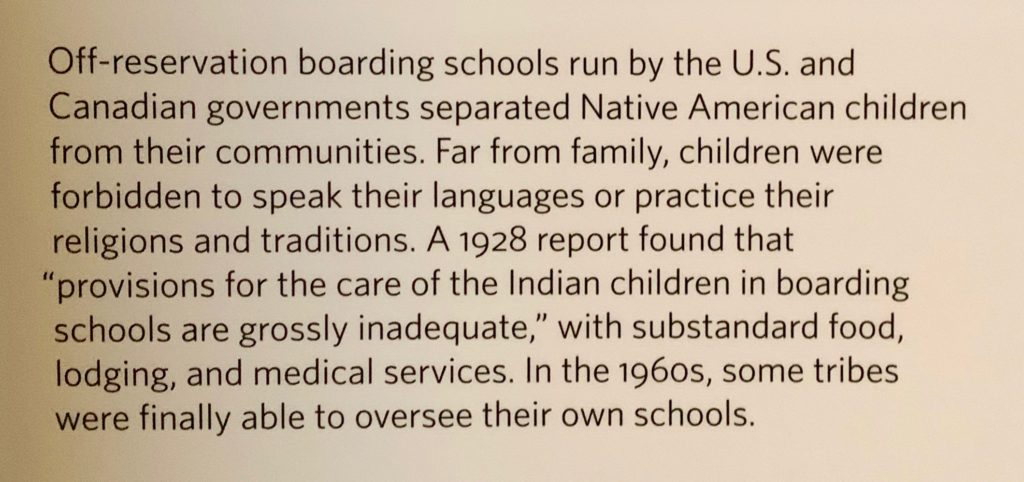

Leave a Reply